Evolution of Windows Operating System
Overview
An operating system is software that is responsible for the communication between the user and the hardware of the computer. There are many operating systems in the world of computer science, but in this article, we are going to talk about specifically Windows Operating System which is one of the most used Operating Systems in the world.
Introduction to Operating Systems
An operating system is software that is responsible for the communication between the user and the hardware of the computer. The operating system manages the working of the software applications and hardware on a computer, it basically provides a common platform for programs, software, and applications to execute. There are many operating systems used in the computers from past many years i.e. Windows, MAC OS, Linux, Unix, Ubuntu, etc.
What is a Windows Operating System?
Windows is the most popular operating system in the world. It was developed by Microsoft Corporation in 1985 and is also known as Microsoft Windows. Windows has dominated the Operating system market with around 75% of the total stake. The Windows operating system provides many features due to which its popularity has increased exponentially. The features include a very good and interactive graphical user interface (GUI), multitasking, virtual memory management, and support for their devices. Microsoft Windows is not just providing the operating system for computers, but it also offers operating systems for servers and mobile devices. There are many versions of the Windows operating system which we will study in this article.
Windows 1
Windows 1 was the first version of the Windows operating system released by Microsoft. It was released on November 20, 1985 and needed only 1 MB of memory and it was a 16 bits operating system. This OS was designed using the Graphical User Interface (GUI) and was able to run only one program at a time and did not support overlapping windows. Windows 1 was designed such that it has great dependency on the mouse, the users can click, drop, drag, move and do a lot of activities with the mouse.
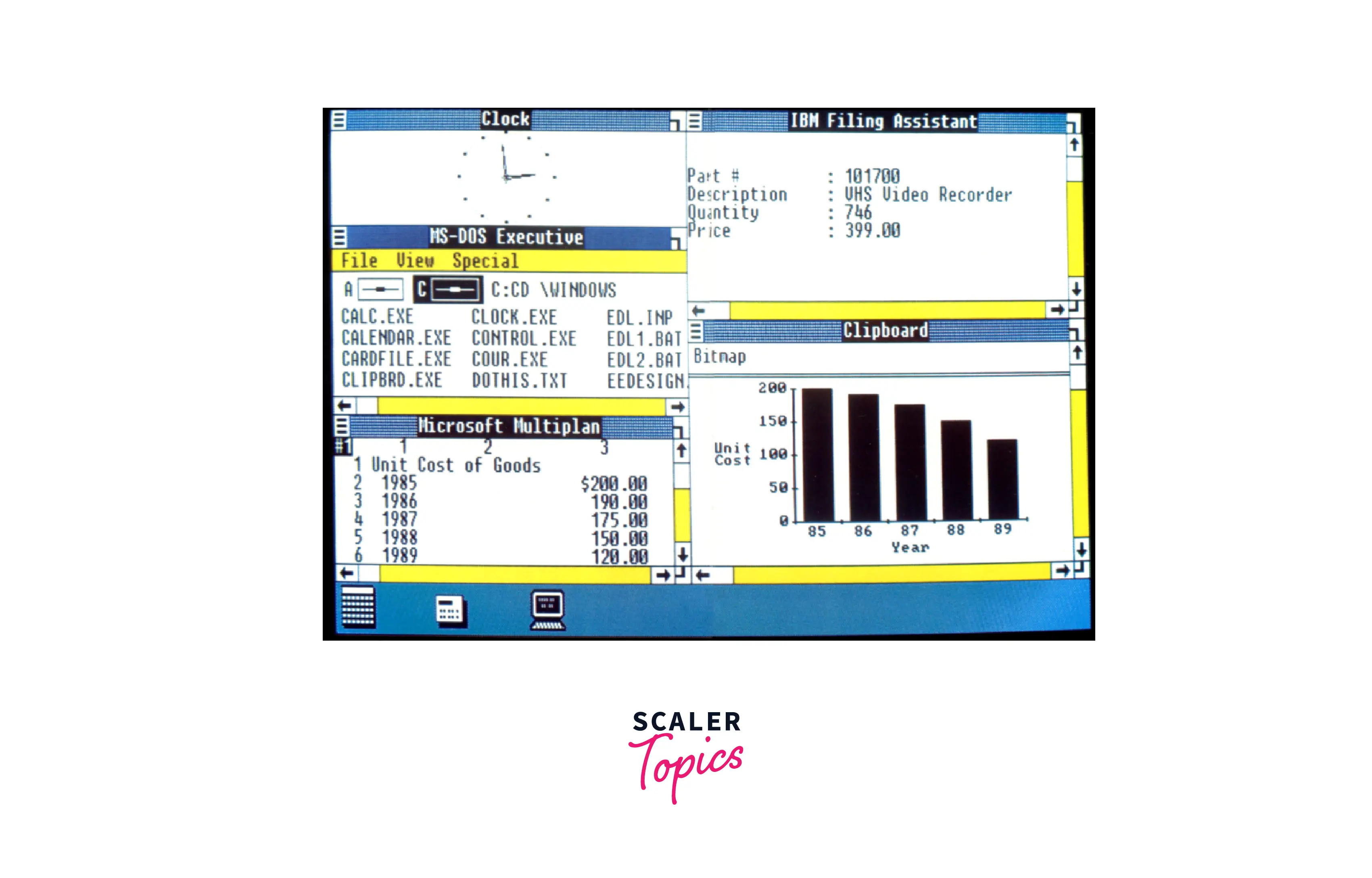
Windows 2
Windows 2 was released by Microsoft on December 9, 1987. It was also a 16 bits operating system and was designed using the Graphical User Interface (GUI). It allowed the applications to overlap with each other. Microsoft introduced the Control panel and the first versions of Microsoft Word and Microsoft Excel. The exchange of the dynamic data in this version improved the speed and application communication capabilities. It also introduced the option of Minimizing and Maximizing the window.
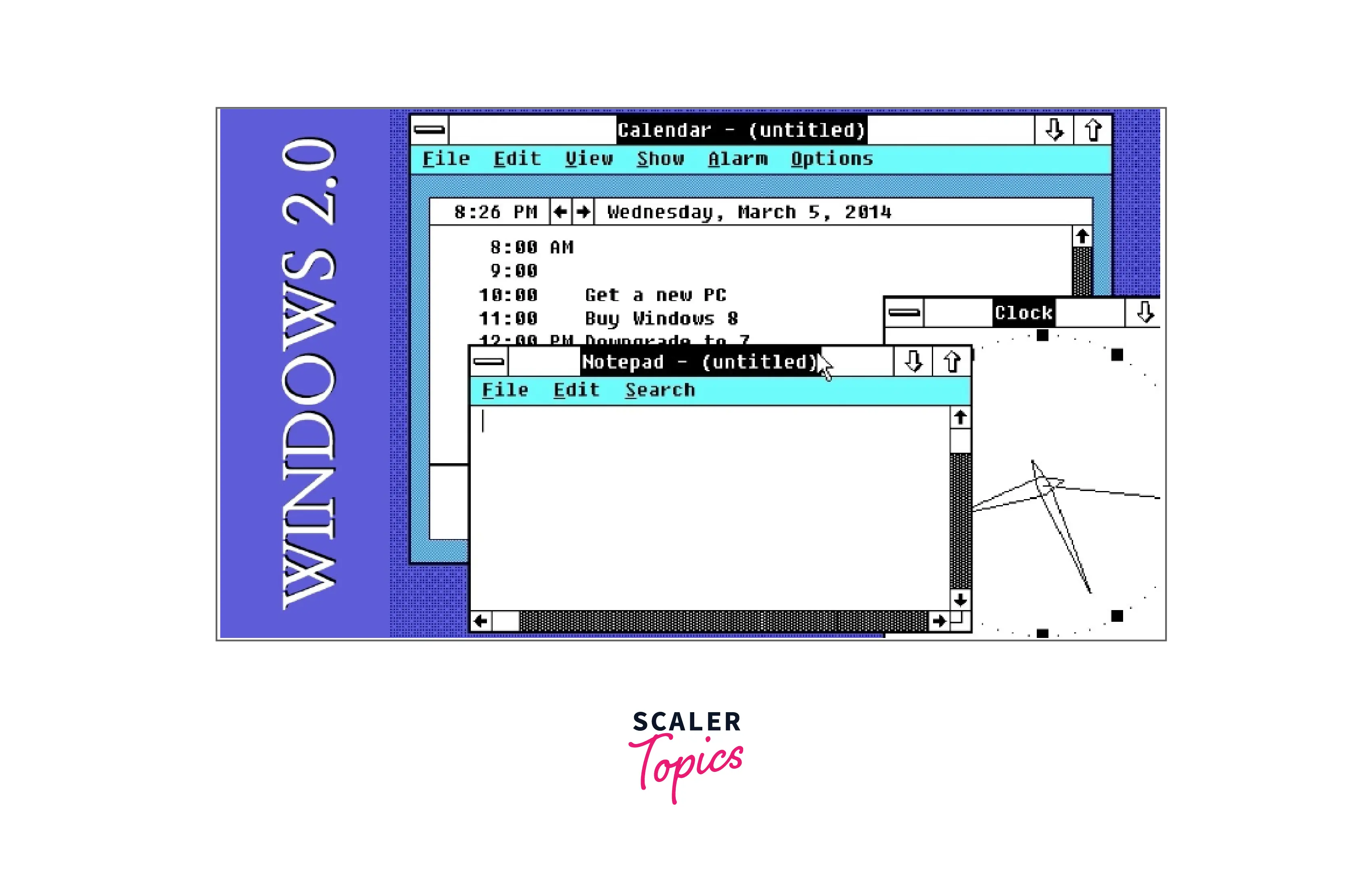
Windows 3
Windows 3 was released by Microsoft on May 22, 1990, with a major upgrade of windows history. This version improved the user interface with improved icons and also introduced the 256 colors palette which made the user interface colorful. Multitasking was also supported in this version which was a major advancement. It generally ran on less expensive hardware and also supports the tasks such as Program Manager, Control Panel, Print Manager, etc games like Hearts, Minesweeper, and Solitaire.
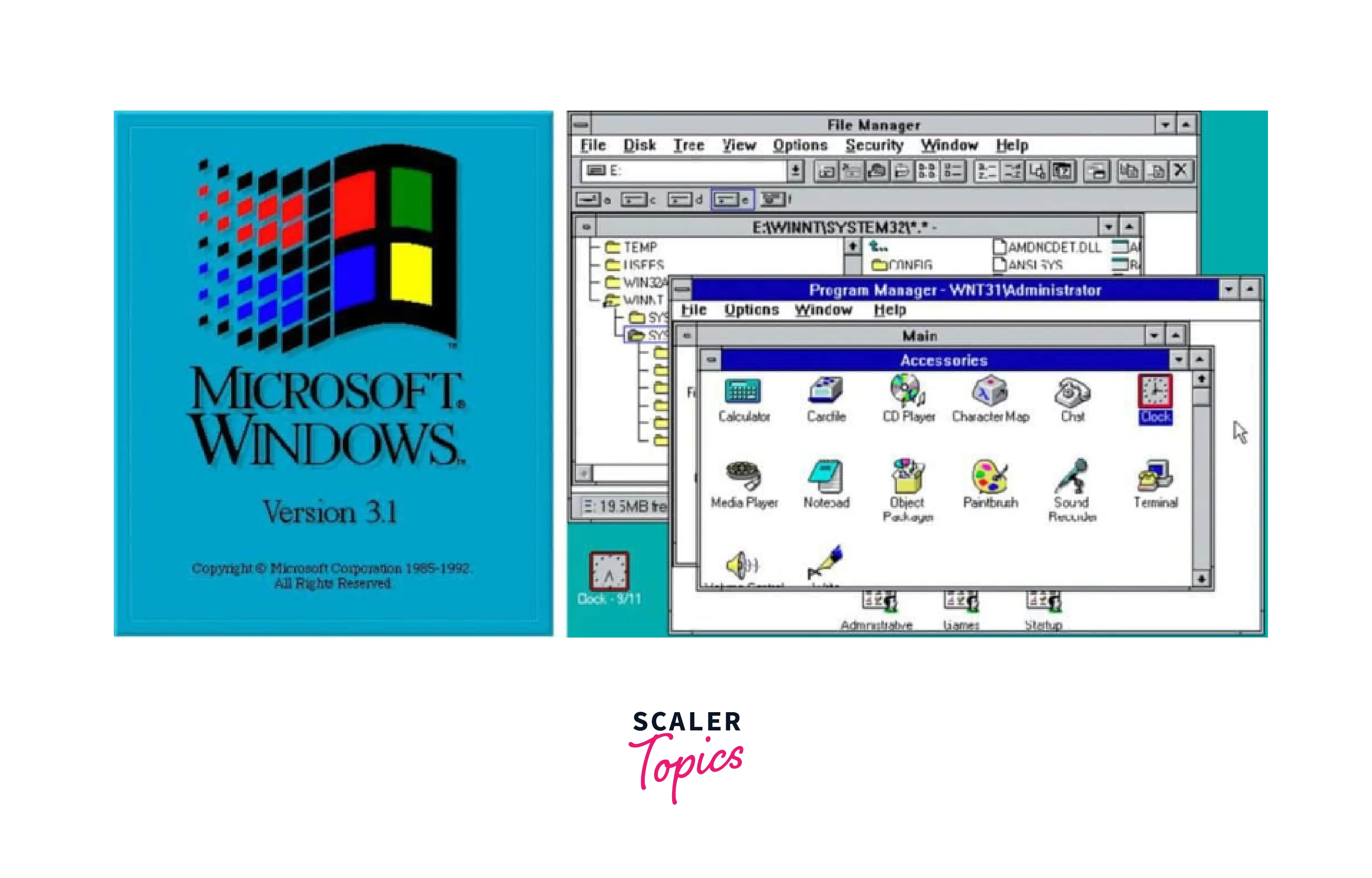
Windows 95
Windows 95 was released by Microsoft on August 15, 1995. It was the first complete operating system. Windows 95 had sold over 1 million copies within 4 days of its launch. This version introduced the Taskbar and the Start Menu and advanced from a 16-bit graphical user interface to a 32-bit graphical user interface and also provided 4 MB of system RAM and 50 MB of hard disk space. Windows 95 supported the previous versions of the Microsoft operating system and featured preemptive multitasking of applications. It also simplified the plug-and-play features.
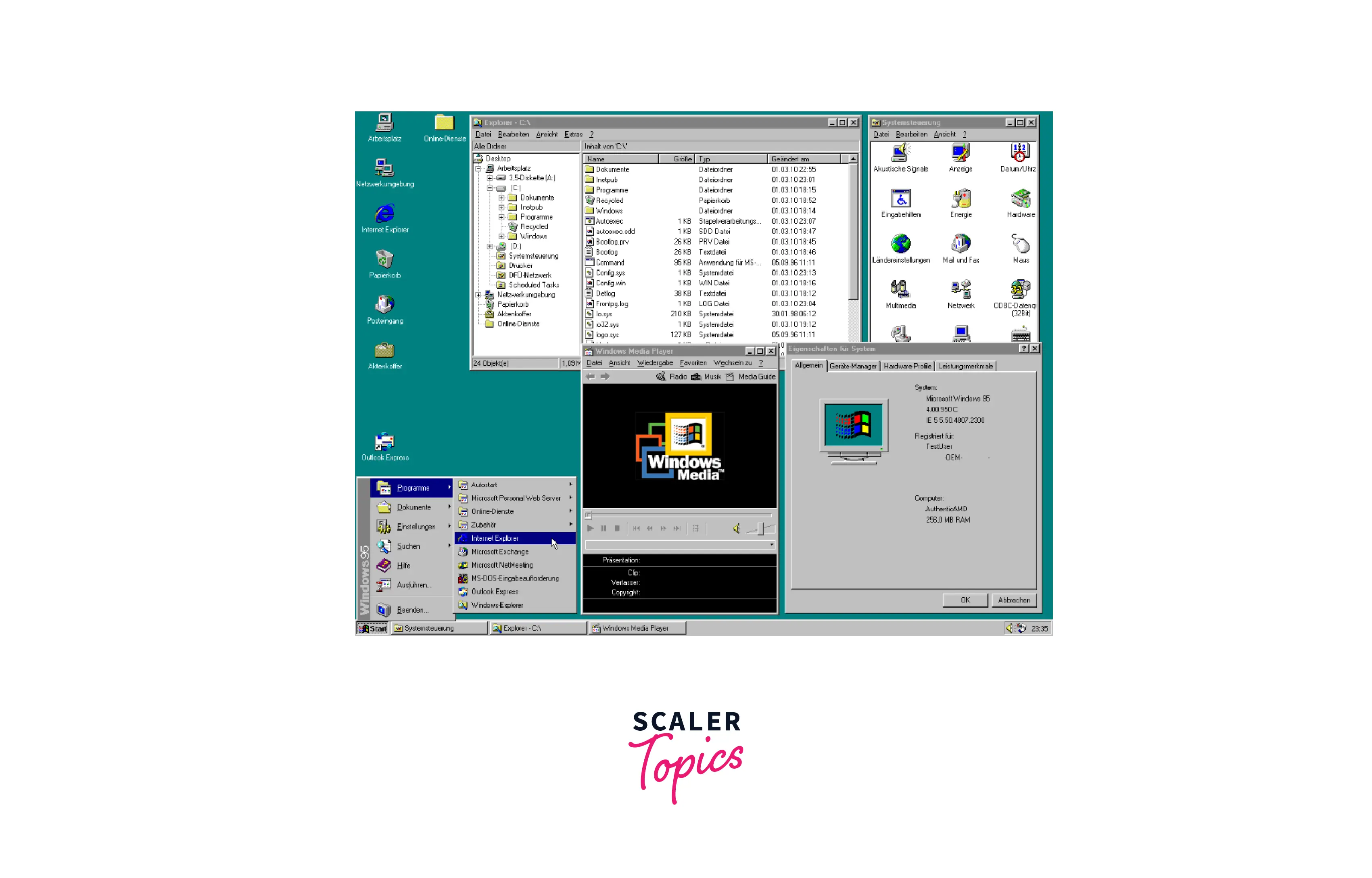
Windows 98
Windows 98 was released by Microsoft on June 25, 1998. It was released as an upgraded version of Windows 95 and it supported the DVD and USB drives. This version has a 16-bit and a 32-bit edition. It provided additional protection for important files and folders on the computer. It supported multiple monitors on one computer and internet sharing. It showed a drastic increase in stability and allowed full user customization in desktop windows, cursors, and sounds. The quick launch was also added as an additional feature of the taskbar.
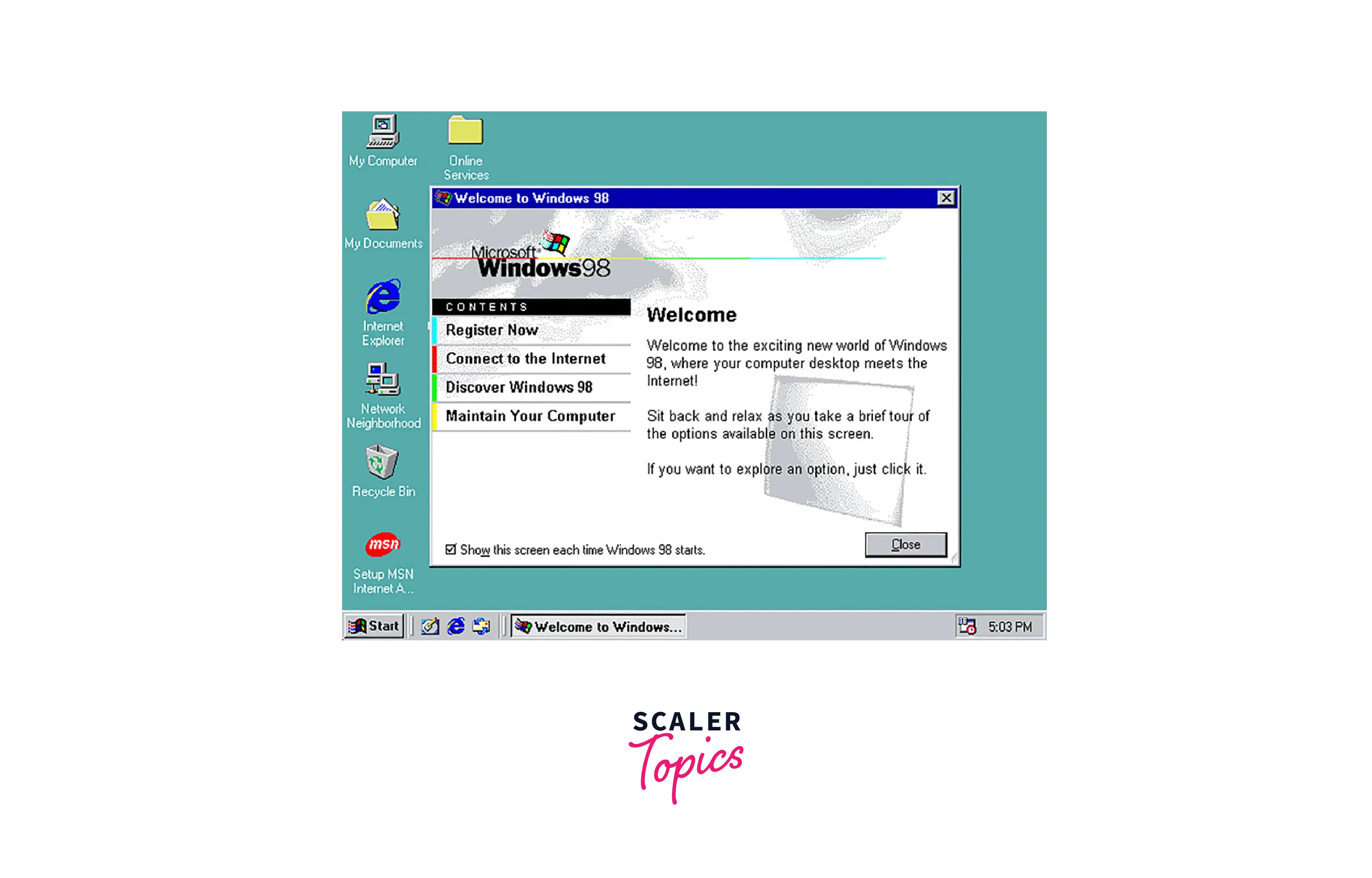
Windows 2000
The Windows 2000 was released by Microsoft on February 17, 2000. It was considered a business-oriented operating system and was released for professionals. It supports preemptive multitasking and has a new capability design to protect critical systems files known as Windows file protection. Plug and Play, hardware support improvements and features like automatic system updates were introduced. Windows 2000 was a reliable operating system because the level of security was very high. It required 5 GB Hard disk space and 256 MB RAM memory for Server.
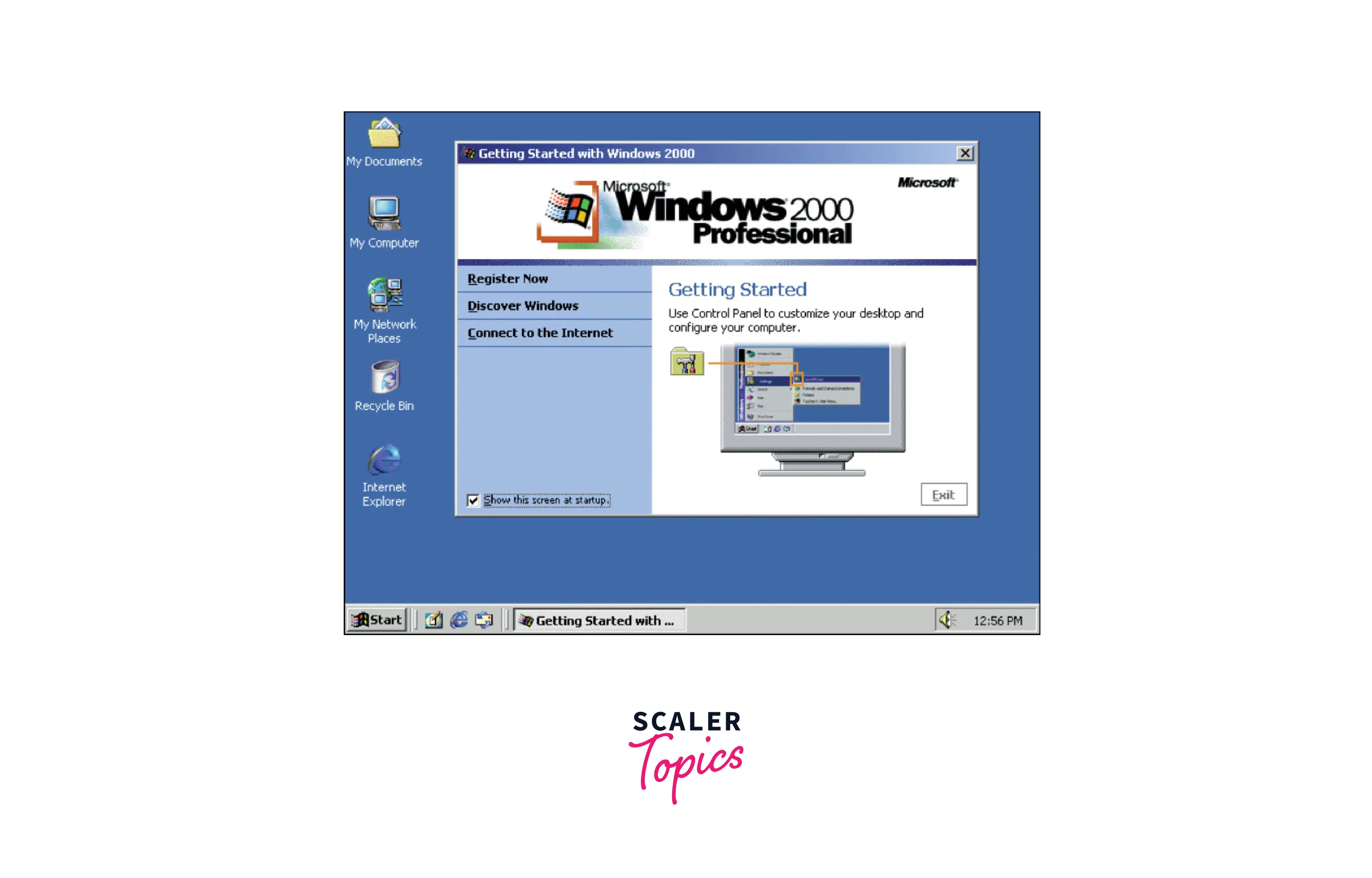
Windows XP
Windows XP was released by Microsoft on October 25, 2001. Windows XP had come with a major Operating System security facelift for the Windows OS. It has advanced portable PC support. It comes with AutoPlay and improved security by using the SHA1 hash of the master key password. The new automatic wireless connection support has improved the encryption capabilities. The fast start-up and the better Graphical user Interface with the support center played a great role in its success.
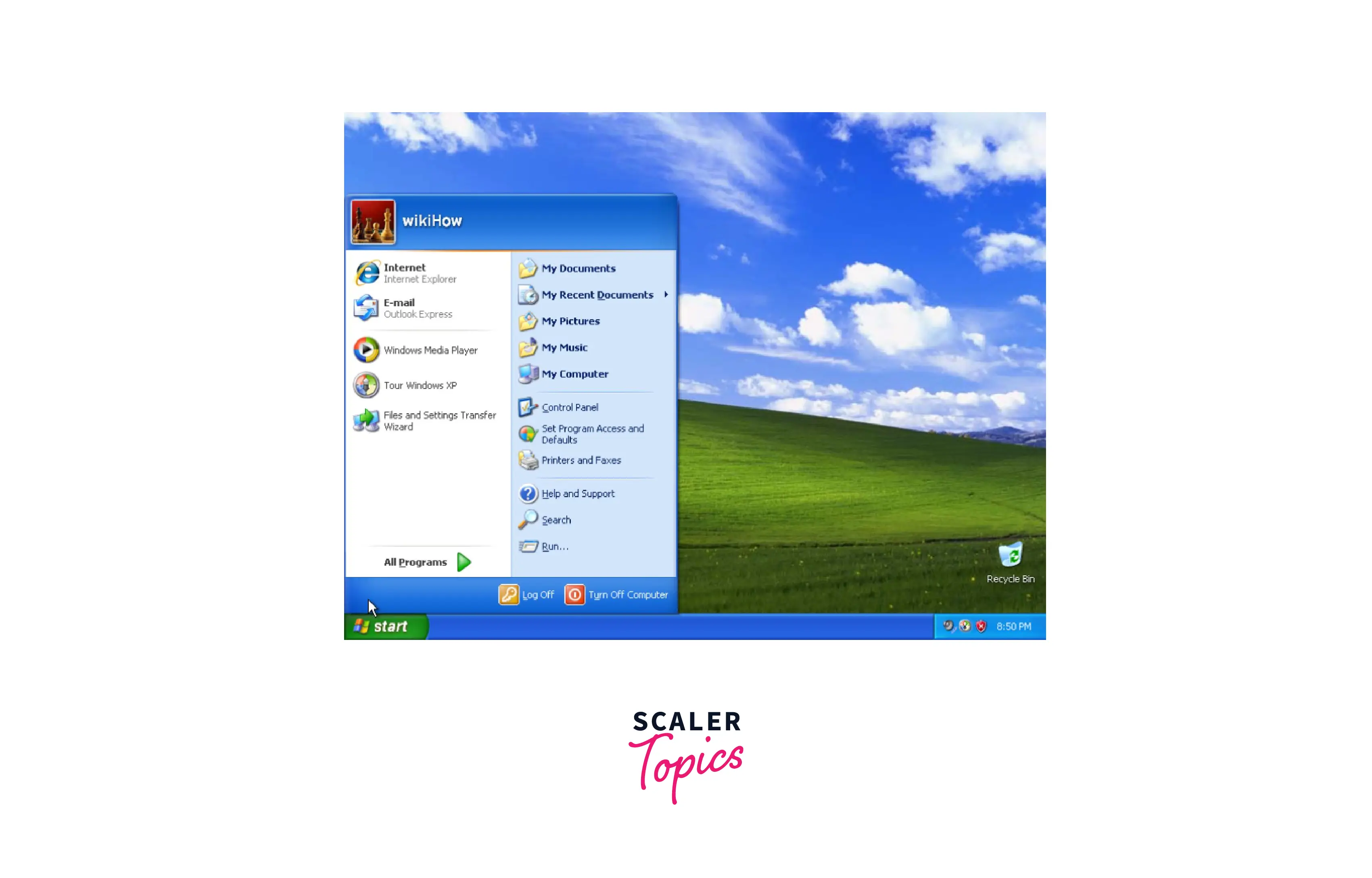
Windows Vista
Windows Vista was released by Microsoft on January 30, 2007. The security has been improved by introducing the new OS security capabilities. It was the first Operating system that used the DVD-ROM for installations. It comes with the upgraded version of the Graphical User Interface. The security control feature known as the User Account Control (UAC) was responsible for blocking unauthorized OS changes without the approval of the administrator. It has also introduced the new Windows Defender which is the inbuilt anti-spyware solution and protects the Operating System from unwanted or rogue software by blocking unauthorized functions. The BitLocker was also introduced in this version which is for windows encryption.
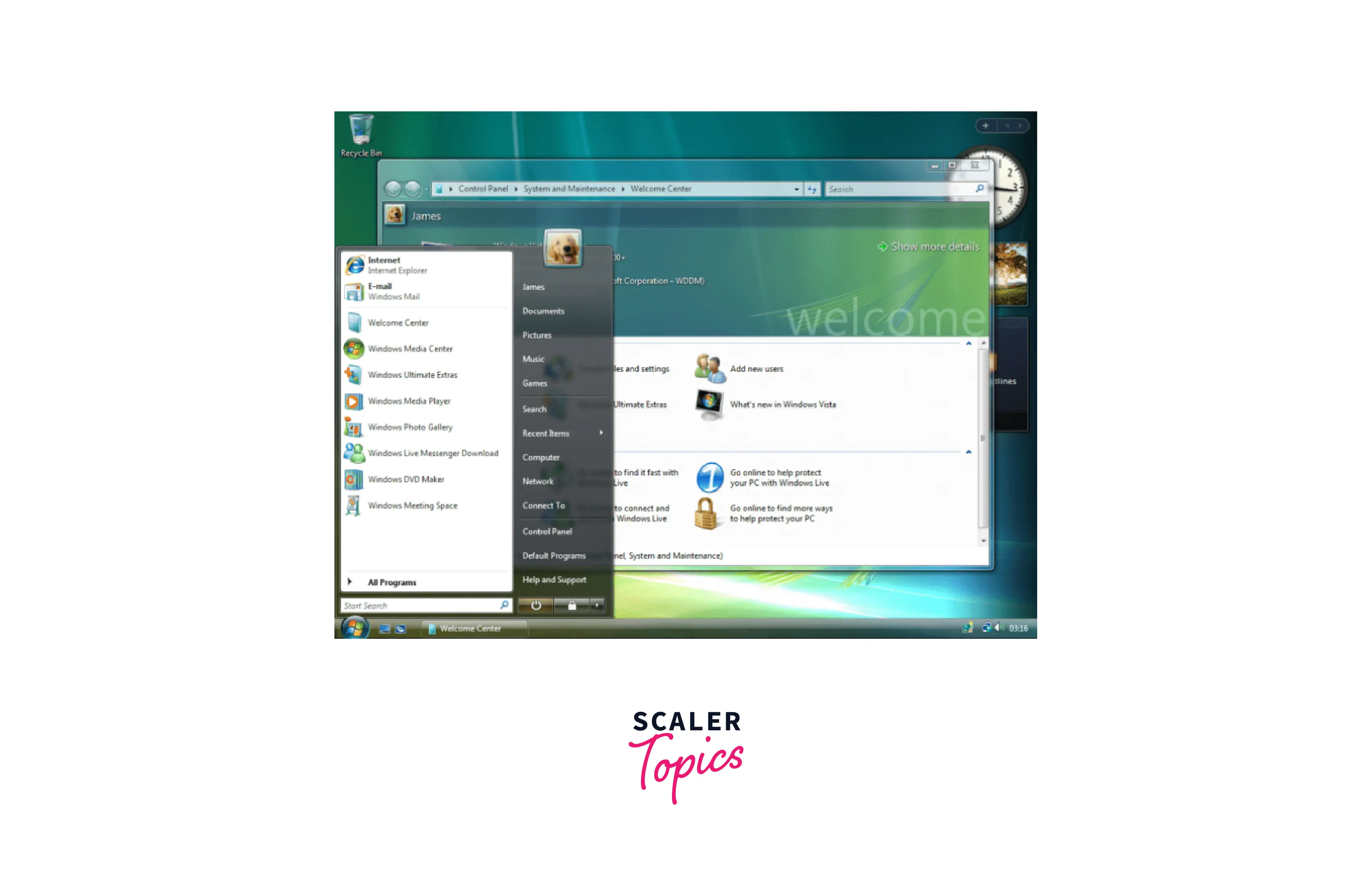
Windows 7
Windows 7 was released by Microsoft on October 22, 2009. It was the most used operating system ever in the world and it was one of the best versions of the Windows operating system. Windows 7 was faster, more stable, and easier to use as compared to the previous Microsoft OS. Data Execution Prevention was the security technique introduced in the OS which marks the data pages as non-executable, which protects it from attackers injecting the malicious code. The encryption has been improved due to which the capabilities of the BitLocker are enhanced. The extended hardware support has made this OS reliable in terms of security. It has also improved the Taskbar, Parental Controls, Media player, Date and Time feature, etc.
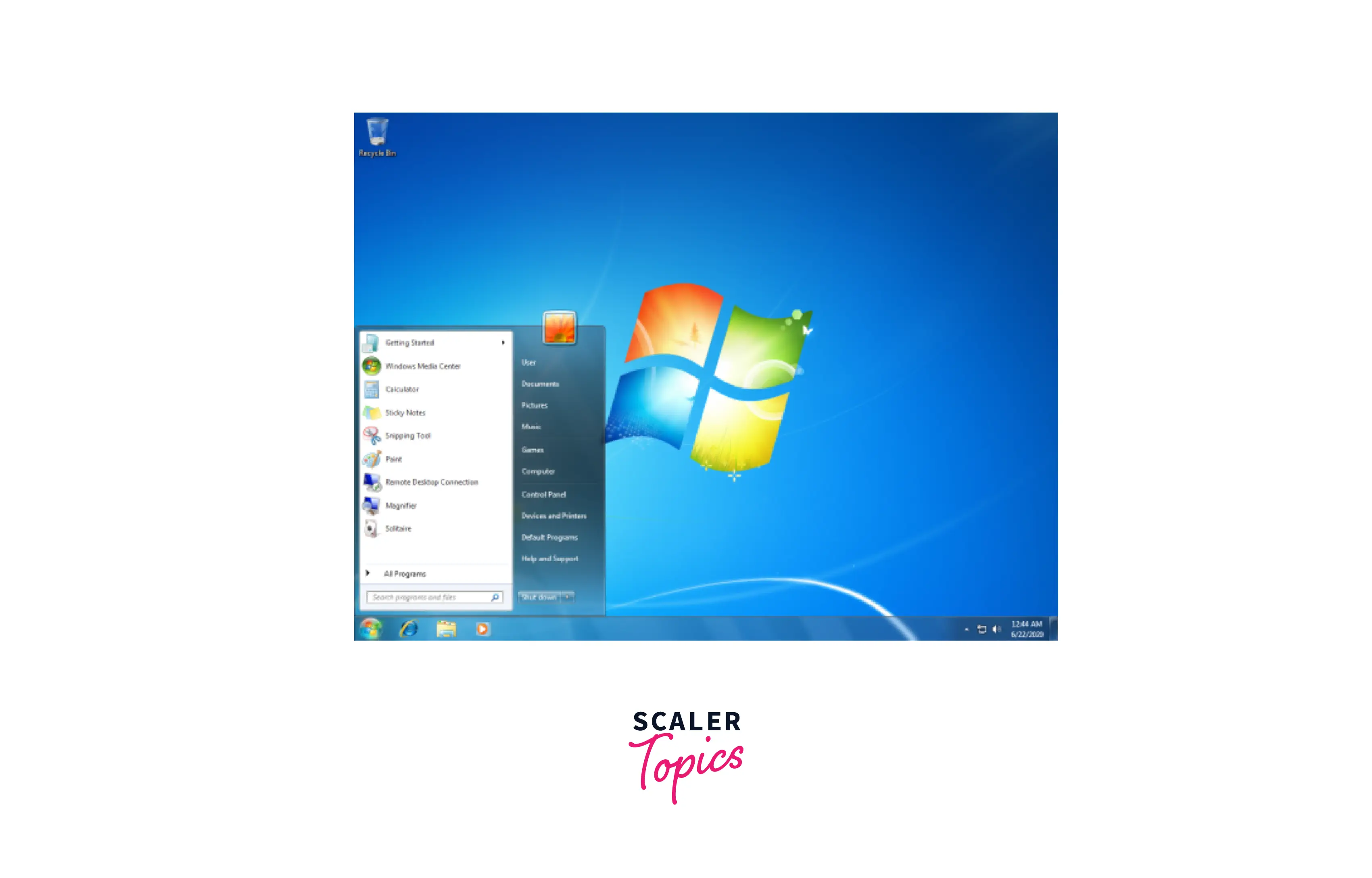
Windows 8
Windows 8 was released by Microsoft on October 26, 2012. The security changes done for this version were mostly hardware-based. The AppContainer environment introduced in Windows 8 provides the secure sandboxing of the applications. This OS was built for touchscreen devices with increased integration of cloud services. This OS works faster and more conveniently for graphic pad users providing integration with different platforms like smartphones and Graphic pads. It also has advanced security features such as antivirus capabilities and supports secure boot.
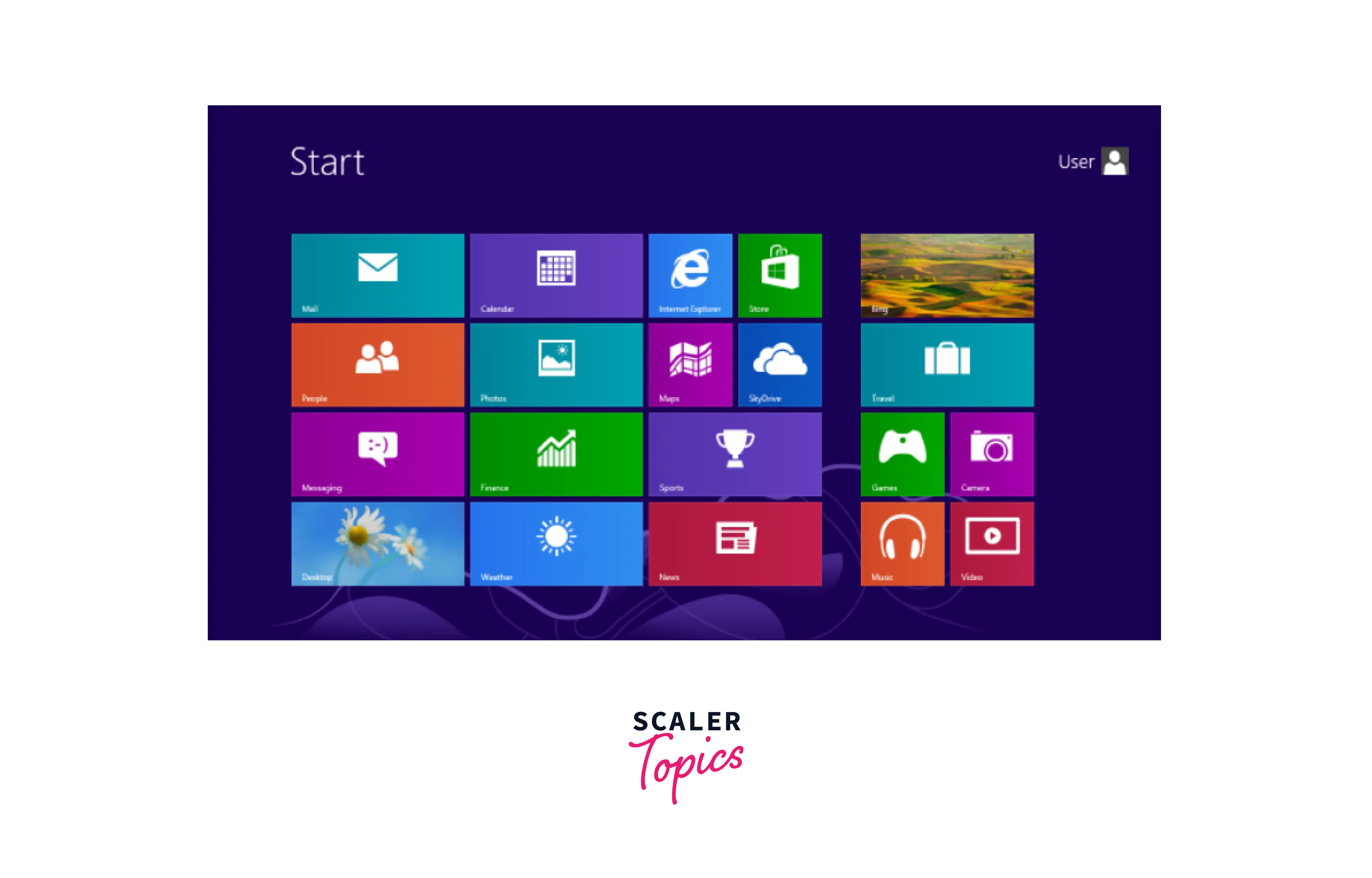
Windows 10
Windows 10 was released by Microsoft on July 29, 2015. It was designed to unify all Windows platforms across multiple devices, including Windows Phones and tablets. It also provides the universal apps that were downloaded from the Windows Store and run on all Windows devices. The new Windows Defender capability i.e. the Windows Defender Credential Guard was introduced in the OS which isolates the credentials and only allows the authenticated users to access the software system which made it harder for hackers to attack the Operating System. Windows 10 automatically compresses the file size if the file is too big to reduce storage shortcomings. Windows 10 has provided support for Software companies to implement solutions related to Mobile device management which made it much quicker and easier for the software support to increase its reach. It also introduced the subscription-based pricing model. Cortana - The virtual assistant which ac perform tasks such as setting alarms and reminders and answering questions for the users was also a new feature in the Windows 10 OS.
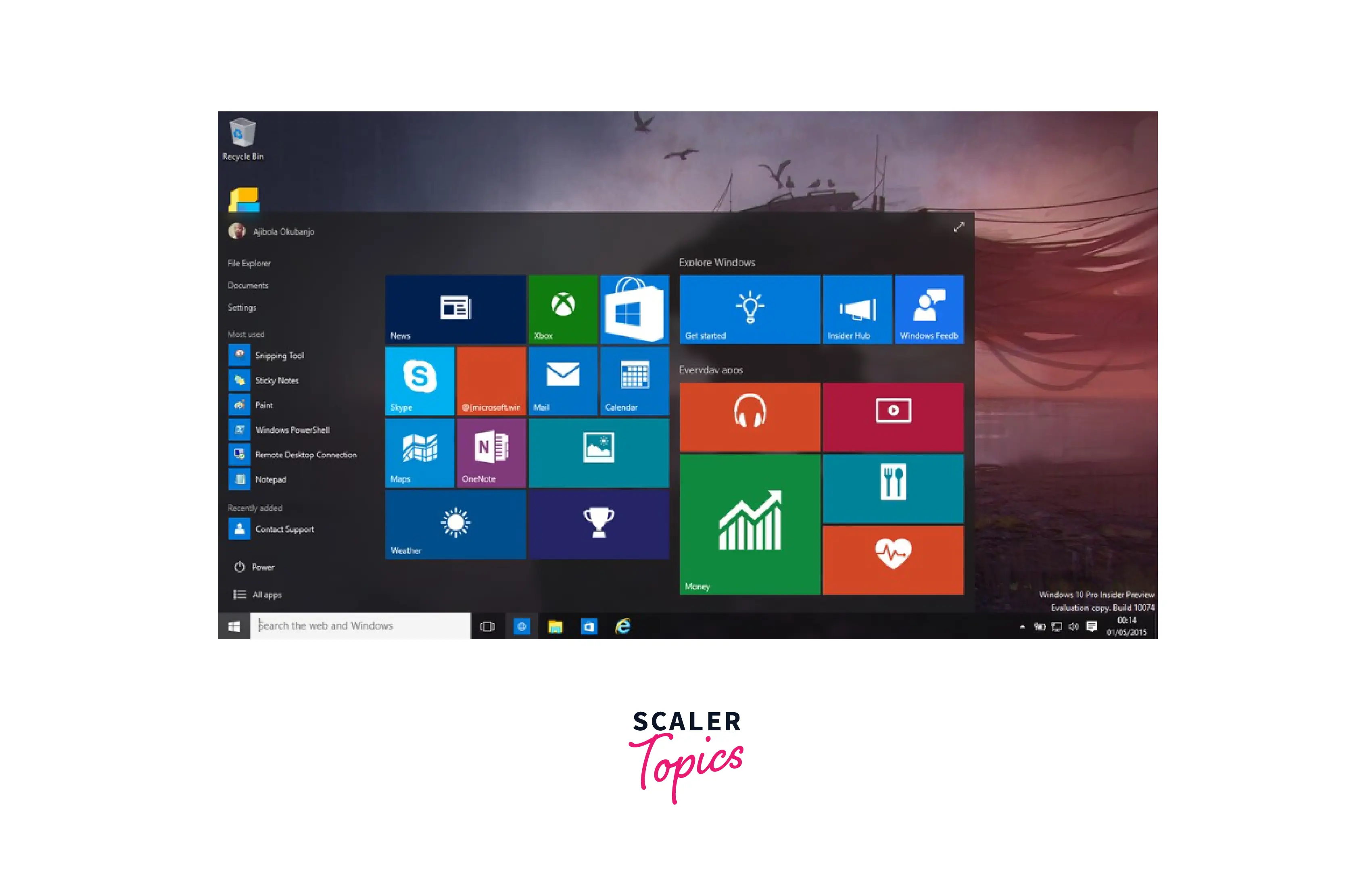
Conclusion
In this quick tutorial, we have learned about the Evolution of the Windows Operating System with the details of all the versions from 1985 till the present and we can conclude the article with the following
- An operating system is software that is responsible for the communication between the user and the hardware of the computer.
- Windows is the most popular operating system in the world.
- Windows is developed by Microsoft Corporation in 1985 and is also known as Microsoft Windows.
- Windows 1 was the first version of the Windows operating system released by Microsoft designed using the Graphical User Interface (GUI) and did not support overlapping windows.
- Windows 2 was released by Microsoft on December 9, 1987. It allowed the applications to overlap with each other.
- Windows 3 was released by Microsoft on May 22, 1990. Multitasking was supported in this version which was a major advancement.
- Windows 95 was released by Microsoft on August 15, 1995. It introduced the Taskbar and the Start Menu and it advanced from a 16-bit GUI to a 32-bit GUI.
- Windows 98 was released by Microsoft on June 25, 1998. It was released as an upgraded version of Windows 95 and it supported multiple monitors on one computer and internet sharing.
- The Windows 2000 was released by Microsoft on February 17, 2000. It supports preemptive multitasking and has a Windows file protection system.
- Windows XP was released by Microsoft on October 25, 2001. It has advanced portable PC support.
- Windows Vista was released by Microsoft on January 30, 2007. The security control feature known as the User Account Control (UAC) was responsible for blocking unauthorized OS changes.
- Windows 7 was released by Microsoft on October 22, 2009. It was one of the best versions of the Windows operating system. The improved cryptography enhanced BitLocker's capabilities in terms of security.
- Windows 8 was released by Microsoft on October 26, 2012. The security changes done for this version were mostly hardware based.
- Windows 10 was released by Microsoft on July 29, 2015. Cortana - The virtual assistant was a new feature in the Windows 10 OS.
